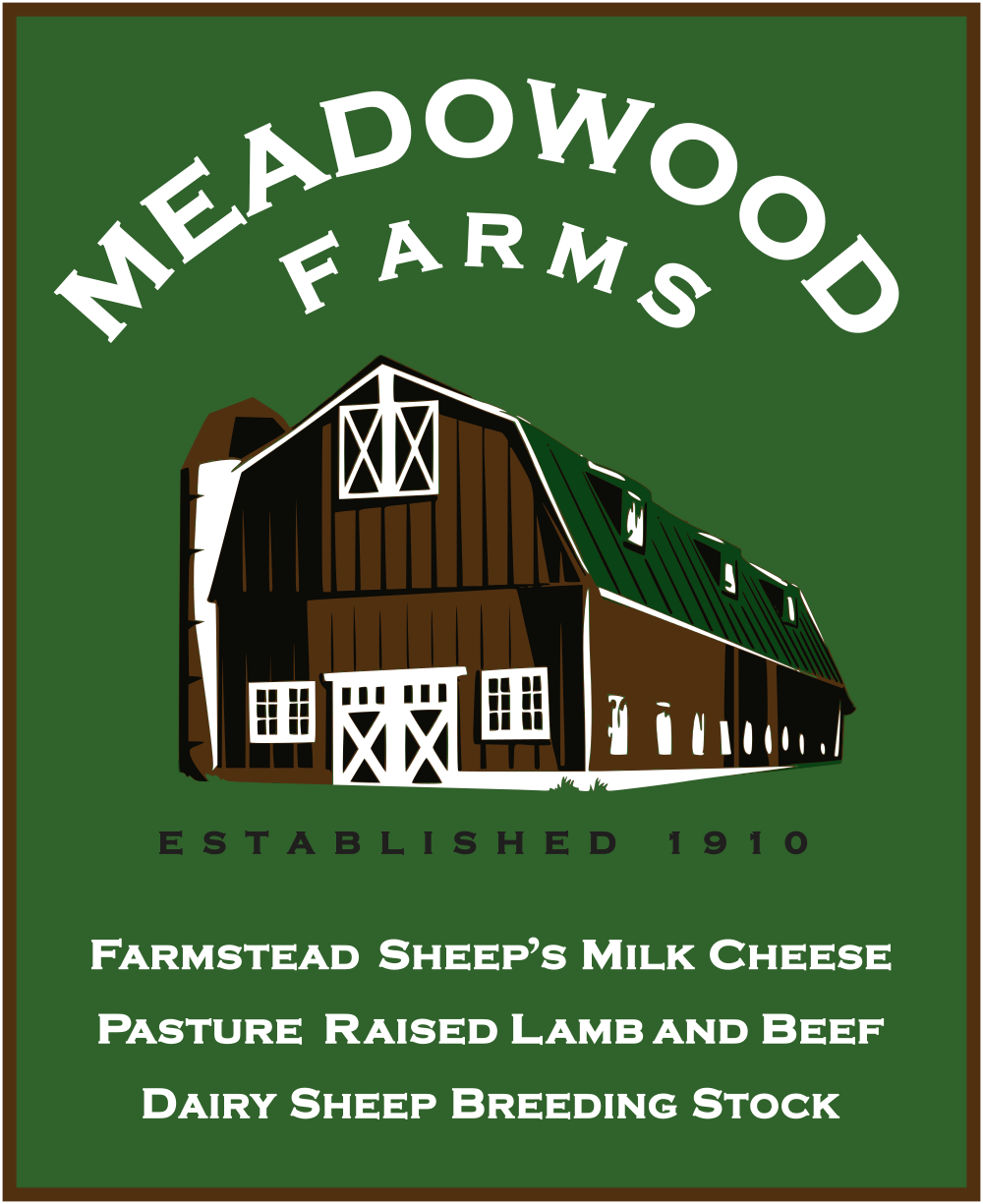Those who farm know that, as a farmer, you develop a sibling relationship with your land: you are intimate with its strengths and weaknesses, and care deeply about its health and future. At Meadowood we focus intensely on our land and its resources – its soils, pastures, and water. Our management revolves around maximizing pasture quality and availability, minimizing erosion, and ensuring that the water that passes through our farm, to head down through neighboring properties to Cazenovia Lake, leaves as clean as it enters.
THE WETLANDS
Meadowood Farms is bisected by a 20-acre wetland area and bounded by two others. We are conscious of maintaining the vigor of the wetlands for their water-holding capacity. Swamps and wetlands are giant “sponges”, absorbing huge amounts of water, and then releasing that water slowly. Our weather events have become more extreme, and we are now seeing four- to five-inch rainstorms. The wetlands absorb these torrential volumes, and then release that volume moderately, virtually eliminating downstream erosion. The wetlands' water-holding capacity also provides us with drinking water for our livestock (see “Cisterns” below). As a bonus they also give us beautiful color palettes that change over the course of the season; you can see more wetlands pictures under our Gallery menu.
CISTERNS
In our pasture-based management system, instead of sending animals to the water, we bring water to the animals via mobile stock tanks. In summer, our livestock need a huge volume of water. In 2006, to reduce pressure on our farmstead well, we installed six cisterns throughout the farm, each at a different water-movement location in our wetlands. The cisterns are completely subterranean, and consist of a perforated culvert placed vertically in a stone-filled 10’x10’x10’ hole, which has been covered with construction fabric and sod. The water is constantly moving underground through the cistern, and so is fresh when we pump it into our mobile stock tanks.
the cistern water remains very clear and clean, as there is constant flow underneath. the pump's intake hose is visible.
the top of the cistern is all that is visible; the water flows underneath
ROTATIONAL GRAZING
We maximize forage quality and volume by rotationally grazing all of our animals. The dairy ewes get a fresh “break” of pasture every 12 hours; the steers and lambs get fresh breaks every 24 hours. Generally speaking, and weather permitting, the pastures are ready for grazing in late April/early May, and with careful management we can maintain a high-quality volume of pasture through most of November. This reduces the amount of stored forage (i.e., hay or baleage) we have to put up for the winter.
ewes and lambs start on a fresh "break". Note yesterday's break (bottom of pic) is well-grazed.
STREAM CROSSINGS
IN 2005 WE STARTED WORK ON THE STREAM CROSSINGS, AS A WAY TO TRAVERSE THE SWAMP WITHOUT MAKING A WATER-QUALITY MESS FOR OUR DOWNSTREAM NEIGHBORS.
Animals and machinery cross the wetlands multiple times every day, and need to do so without creating quagmires. In 2005 Meadowood installed USDA/NRCS-designed stream crossings, brilliantly effective in their simple construction. The crossings are about 50 feet long, and are made up of graduated layers of cobblestones. The largest foot-long-diameter cobbles are the bottom layer, with each succeeding rising layer a smaller size of cobbles. The larger cobbles at the bottom allow the water leaving the wetlands to move through without flowing over the top of the crossing.
THE STREAM CROSSING TODAY, SHOWN WITH THE TRACTOR PULLING A WAGON-MOUNTED WATER TANK, AFTER FILLING WATER FROM THE CISTERN DOWN IN THE SWAMP.
MANURE COMPOSTING
All of our sheep and cattle are on bedded pack during the winter. Over the course of the early spring and summer, we clean out our barns in monthly batches, stacking the manure pack in a long windrow on our concrete pad. Each batch of windrowed manure is turned twice daily for about a month, rising to a temperature of nearly 150 degF (a temperature that kills or denatures many parasites and pathogens) before decomposing to the consistency of moist sawdust. The composted manure is then spread on our pastures. Because the straw bedding in the manure has been so completely broken down, the components are quickly absorbed by our pasture soils.
manure is turned between once and three times daily, depending on the stage of the compost process. the heat from the decomposing bedded pack creates enough steam to obscure the skid steer.
WATER BARS
We have quite an elevational change on our farm. Our farm tracks can quickly turn into vertical rain gutters, particularly in the heavy rain events that have become the new norm. To prevent severe erosion, in 2007 we installed water bars on all our sloped farm tracks. The bars are the genius of our friends and contractors Rob and Doug Hotaling: strips of old quarry conveyor belt, bolted to 1x6 boards, and buried at an angle to the grade so that only the flexible belt is above ground. The belts catch the flowing water and divert it to the side of the track, while allowing us to drive over them with truck and tractor. It’s an amazingly successful system – installed 10 years ago with no need for maintenance or replacement to date.














